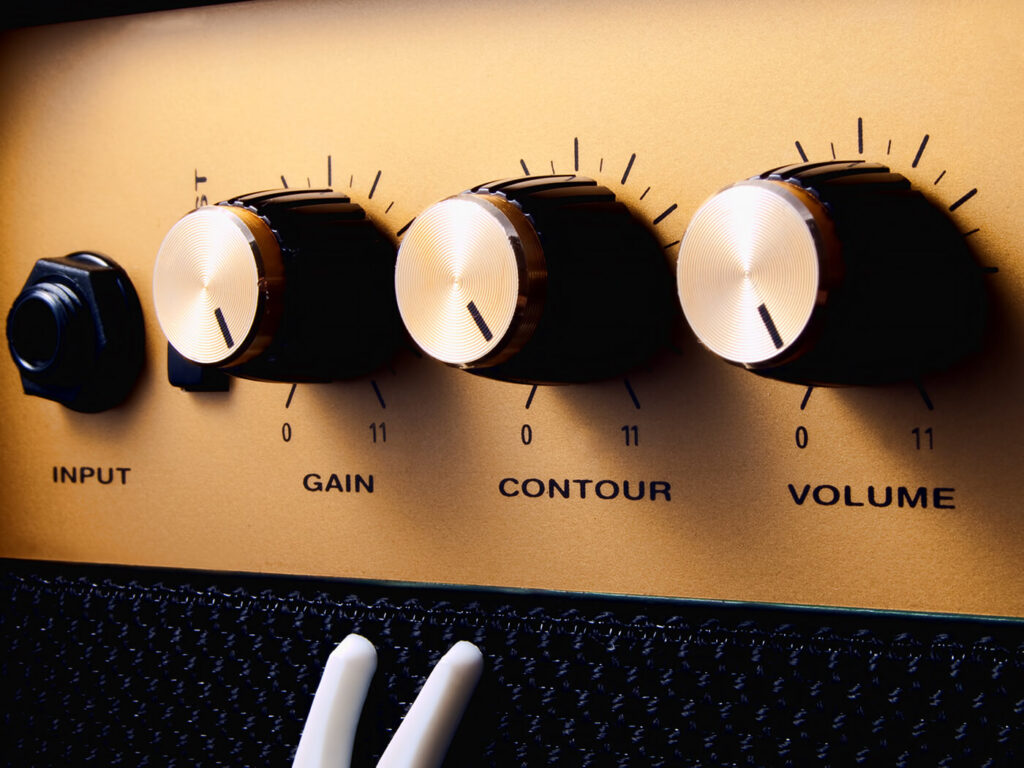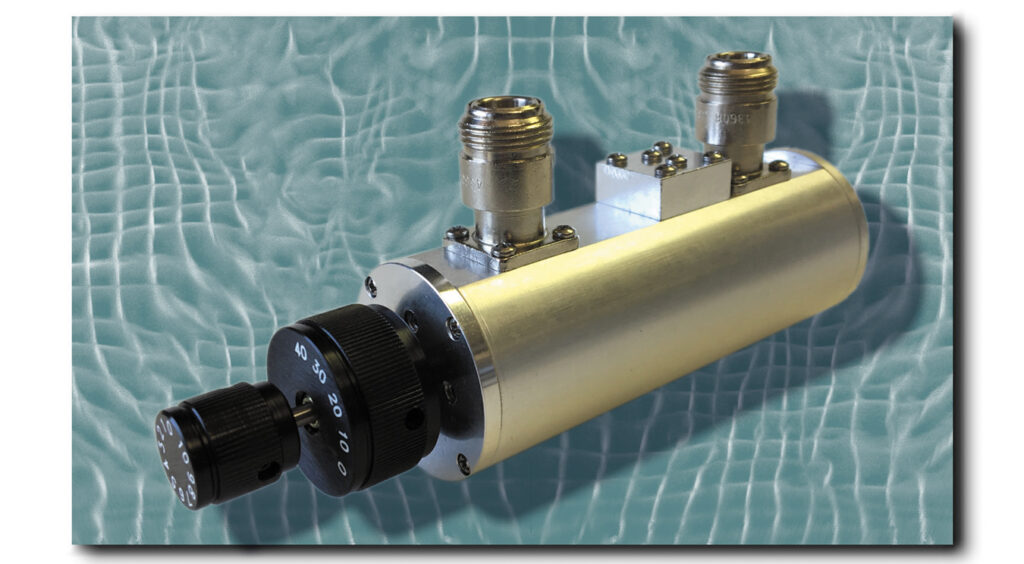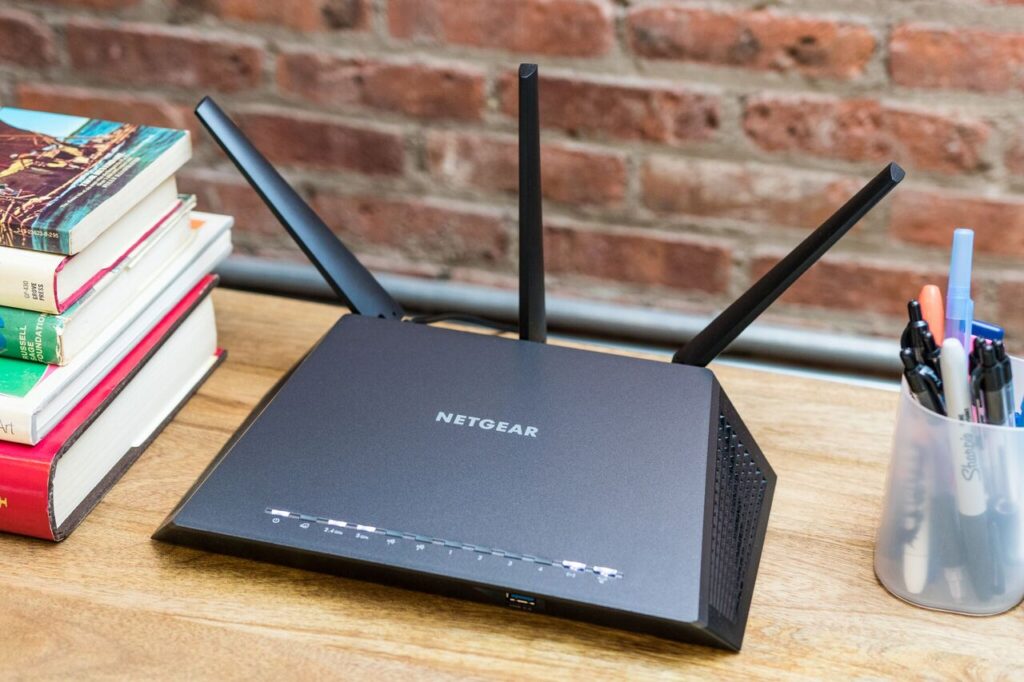5 Main Differences Between Fixed Attenuator & Variable Attenuator

Your fixed attenuator & a variable attenuator are different and they vary in practicality, size, use & price. An attenuator is an electric circuit with two ports and multiple resistors. A variable attenuator is a circuit that decreases the strength of the input signal either continuously or through the step-by-step process.
You will get better voltage power with the right model that meets your criteria. Fixed and variable attenuators are the two most prevalent types of attenuators that you can use in your household or for job-related reasons. Keep on reading as we discuss them down below.
Top 3 key facts to understand before you make your purchase
What is the definition of an attenuator?

An attenuator is used to take care of the signal in your household. It is measured in decibels and people need it for use over their circuit. Also, they will come in handy for anyone who wishes to reduce super large levels of power. Your options are:
- A fixed kind
Use them and their pre-made or pre-set values. Connectorized packages are the most common options. With it, you can adjust the volume of electricity + you can also measure frequencies.
- Variable kind
Fixed attenuators are used for fixed and special kinds of levels. You can easily adjust these and control them to get the right input and level of voltage that works for you. Both manually and with software, you may regulate the procedure.
The main difference
A fixed model is always fixed & precise. You can choose output as well as your preferred limit that will stay consistent. However, you should understand every aspect and read the criteria for your decibel limits. It is known that variable attenuators can cover up to 20 decibels while fixed attenuator has different volumes starting at 5 decibels, 15 dB, and so on.
Its importance & use

Intensity and use of energy are important and vital in this case and for everyday use & reasons. This is because your different frequency and attenuator are important with your use of appliances & tools, such as micro waves signal approach and cellular applications. You can also apply and use this technology with TV & radio signals.
5 main differences between fixed attenuators & variable kinds
As you can see, these are similar in their function yet different in their performance and general build or features. If you are still not too sure what the difference is or how these two differ, here are some facts & key points on how to tell them apart:
1. Fixed attenuator main features
The name itself is quite self-explanatory, as we’ve previously stated in the article. Fixed means that it won’t and can’t change as time goes on. All you have to do is set the volume of electricity and control its transmission however you want. Each band and each model is different with its unique features, as well as pros & cons. You can work with different powers, GHz & GH options as well.
2. Variable attenuator main features

Although quite similar in their function, their main difference is with their signals that are flexible. You can easily set the required range of frequencies, and this model will cover them. Make a change with its control process through a manual or software approach. Their maximum is up to 90 decibels, while fixed ones have a limit to around 30 decibels.
3. Your needs
As you can see, the main feature of a fixed model is that you can determine and use the output per your needs & preference while sticking to the right kind of limitation. Make sure that you determine which kind and model you need based on your requirements and decibel limits. If you need a fixed solution & precision – this will cover your needs. If you are not working with a ”tight” item, tool, or deadline, you can try out a variable. You can also consult with a team of experts before you make up your mind or purchase. They will guide you while showing all the differences, pros & cons among the two.
4. Tele-communication process

We have already mentioned that you can enjoy their use & perks in the TV and radio signal use, while also focusing on optical cables as well. These attenuators can grasp and control everything in this niche, such as communication over a distance by cable, telegraph, telephone, or when broadcasting. Both can be used in the Wi-Fi transmission process as well. Every manufacturer will improve the safety of their appliances since the integration of attenuators will prevent the risks of short circuits within your home, office, etc.
5. Both provide precision
Fixed kinds are used in millimeter-wave and microwave applications that require accuracy levels in waveguide transmission lines. Used in facilities, jobs & fields that require isolating measurements & accuracy on a daily. Fixed models properly lower voltage and dissipate power. Attenuator pads also lower the amplitude of a signal which will further enable your measurement.
A variable attenuator is a circuit that simulates the change of the radio wave in the air. These models can switch the process of work with the micro-wave signal. It corresponds to various tests and simulations. Mechanically variable kind is usually adjusted with a tuning screw or control knob. The necessity for mechanical adjustment means that such variable attenuators are generally unsuited to system requirements.
Learn more about variable attenuators and get one yourself
The variable attenuator is used to adjust power, reduce reflection interaction, and provide isolation for certain components where needed. Custom Microwave allows you to take a look at a spec sheet and flange sheet section to find everything that you need and what works for you, your personal or professional use. Get the right quantity, frequency, diameter as well as length with their suggested models asap. There are 12 different kinds of variable attenuators for you to choose from.



